Where’s Sherlock effing Holmes when you need him?
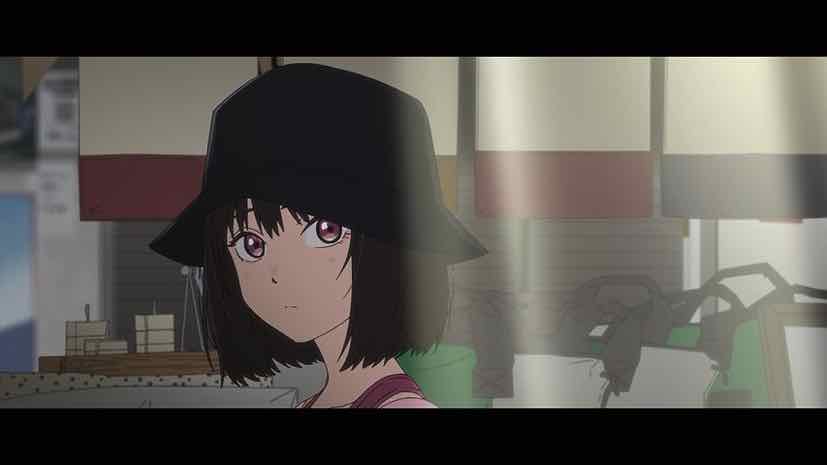 I have a couple of primary thoughts in reflecting on the second episode of Shoushimin Series. First, would I be patient enough to give this series any runway if I didn’t have the Hyouka experience to draw on? And second, would I have given Hyouka any runway if the visuals hadn’t been so sumptuously gorgeous? It’s been over a decade since Hyouka (fuck me, really?), and I haven’t done a full rewatch so my memories are imprecise. But I know (and I think you can tell from my write-ups) that I was fairly close to dropping it after a couple of episodes. Of course that was during the busiest season in LiA history, so context does matter.
I have a couple of primary thoughts in reflecting on the second episode of Shoushimin Series. First, would I be patient enough to give this series any runway if I didn’t have the Hyouka experience to draw on? And second, would I have given Hyouka any runway if the visuals hadn’t been so sumptuously gorgeous? It’s been over a decade since Hyouka (fuck me, really?), and I haven’t done a full rewatch so my memories are imprecise. But I know (and I think you can tell from my write-ups) that I was fairly close to dropping it after a couple of episodes. Of course that was during the busiest season in LiA history, so context does matter.
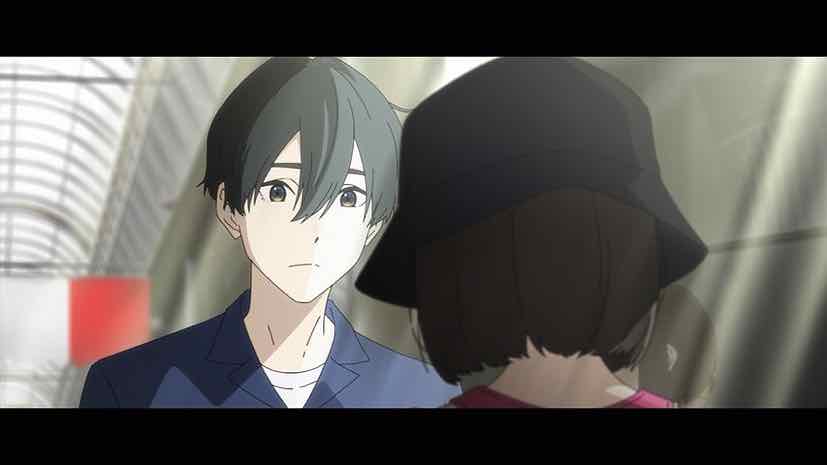 This much I can say – you won’t get an episode that more exemplifies the Yonezawa Honobu experience than this one. It was as trivial a mystery as you could ever want – “how did the DB classmate make oishii cocoa without dirtying any dishes?”. The one that actually mattered – the theft of Osanai’s bicycle and fatal attack on her tarts – gets only the briefest of mentions. It was certainly irritating to hear that she got blamed by the school for having her bike stolen, but only because it was a reminder that victim shaming is endemic in Japanese culture. That has its roots in Bushido. If a samurai was assassinated (or wounded in an attempt) he was considered at fault for letting it happen. That’s why you saw famous people issuing public apologies for contracting COVID-19.
This much I can say – you won’t get an episode that more exemplifies the Yonezawa Honobu experience than this one. It was as trivial a mystery as you could ever want – “how did the DB classmate make oishii cocoa without dirtying any dishes?”. The one that actually mattered – the theft of Osanai’s bicycle and fatal attack on her tarts – gets only the briefest of mentions. It was certainly irritating to hear that she got blamed by the school for having her bike stolen, but only because it was a reminder that victim shaming is endemic in Japanese culture. That has its roots in Bushido. If a samurai was assassinated (or wounded in an attempt) he was considered at fault for letting it happen. That’s why you saw famous people issuing public apologies for contracting COVID-19.
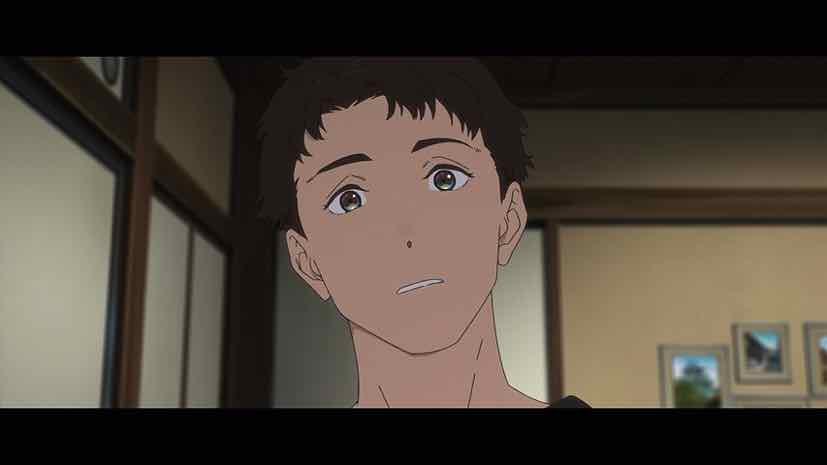 I have to say up front that I’m not a fan of Kengo so far. He just comes across as pushy and obnoxious. And Osanai’s meek persona is pretty cliche across the board. If there’s a fourth wheel a-la Hyouka it’s not obvious (Kengo’s sister seems unlikely to be that important), so that leaves a lot on the shoulders of Kobato to carry the story. This whole “trying to be ordinary” thing seems to be a riff on the eponymous Japanese adage “the nail that sticks up gets hammered down”. And judging by his conversation with Kengo it probably comes down to the younger Kobato being arrogant about being the smartest guy in the room, and showily solving mysteries of the sort we saw this week.
I have to say up front that I’m not a fan of Kengo so far. He just comes across as pushy and obnoxious. And Osanai’s meek persona is pretty cliche across the board. If there’s a fourth wheel a-la Hyouka it’s not obvious (Kengo’s sister seems unlikely to be that important), so that leaves a lot on the shoulders of Kobato to carry the story. This whole “trying to be ordinary” thing seems to be a riff on the eponymous Japanese adage “the nail that sticks up gets hammered down”. And judging by his conversation with Kengo it probably comes down to the younger Kobato being arrogant about being the smartest guy in the room, and showily solving mysteries of the sort we saw this week.
 That all sounds pretty negative I guess, but in the end I did find myself getting more wrapped up in this trifling affair than I had any right to be. That’s Yonezawa too – he makes you play the game on his terms, and often manages to make it interesting. The fact that the whole thing wasn’t some challenge thrown down by Kengo but simply that he was too lazy to wash any dishes was pretty funny. That sort of appeal has a limited shelf life – if I’d never started caring about the characters in Hyouka it wouldn’t have worked. But hey, Shoushimin Series only has ten episodes to play with it can scrape by on surface appeal in a way Hyouka wouldn’t have been able to.
That all sounds pretty negative I guess, but in the end I did find myself getting more wrapped up in this trifling affair than I had any right to be. That’s Yonezawa too – he makes you play the game on his terms, and often manages to make it interesting. The fact that the whole thing wasn’t some challenge thrown down by Kengo but simply that he was too lazy to wash any dishes was pretty funny. That sort of appeal has a limited shelf life – if I’d never started caring about the characters in Hyouka it wouldn’t have worked. But hey, Shoushimin Series only has ten episodes to play with it can scrape by on surface appeal in a way Hyouka wouldn’t have been able to.


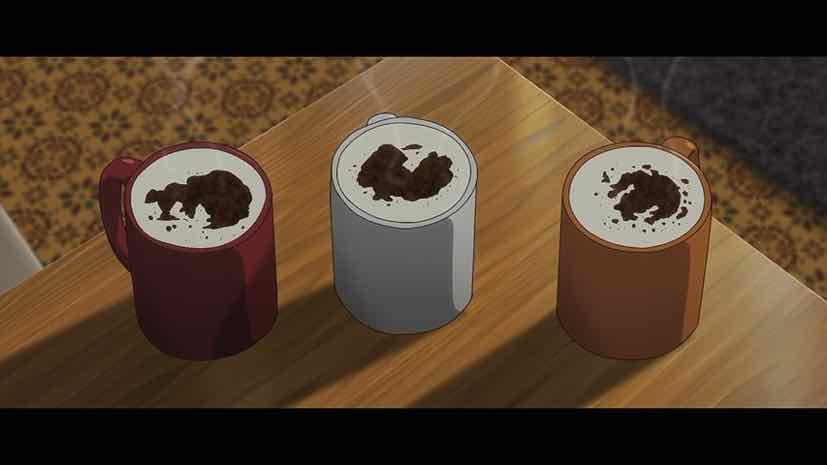
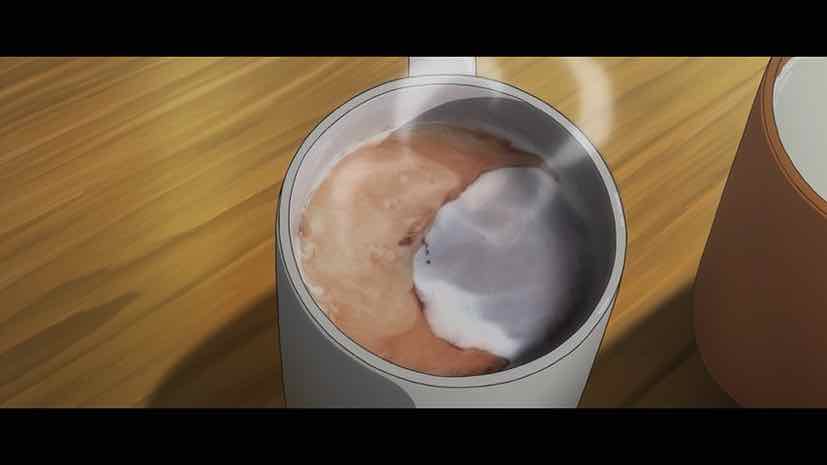


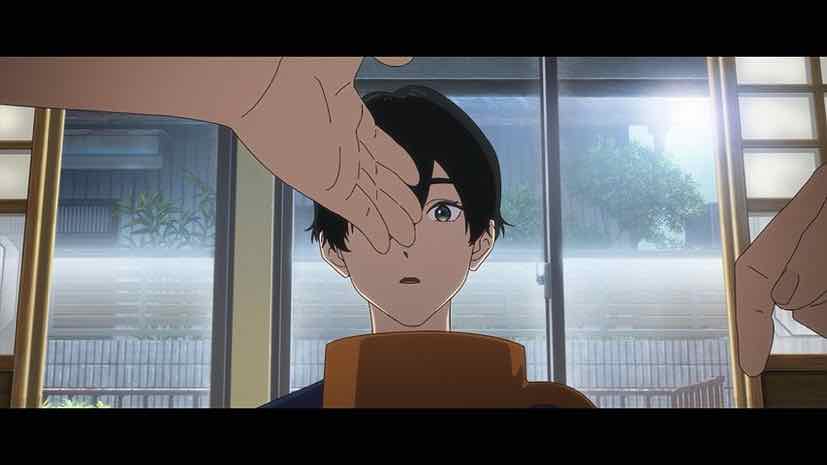
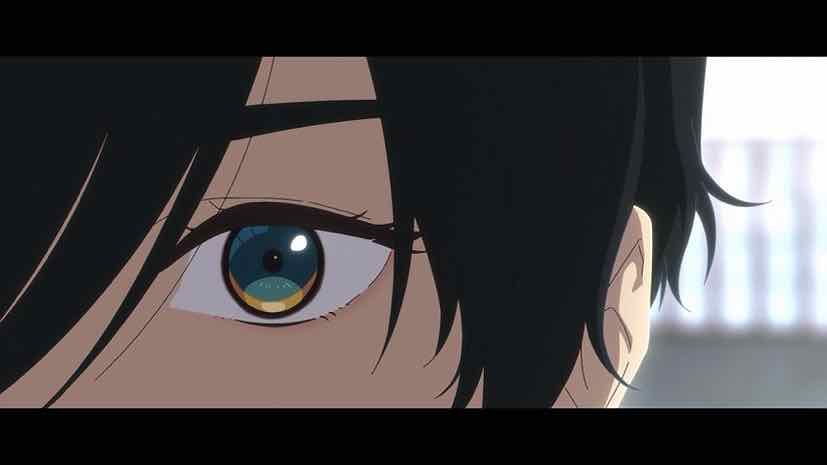
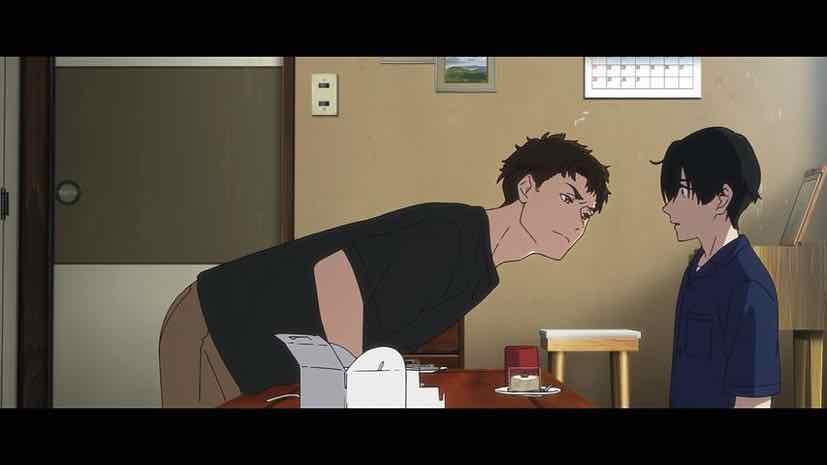
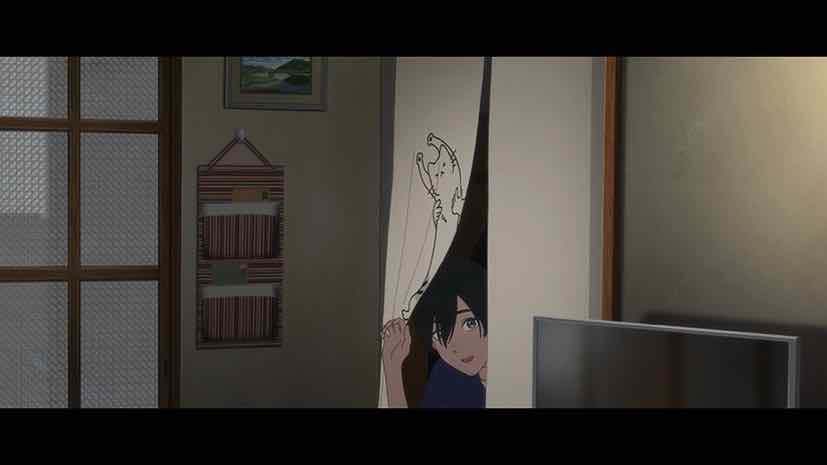
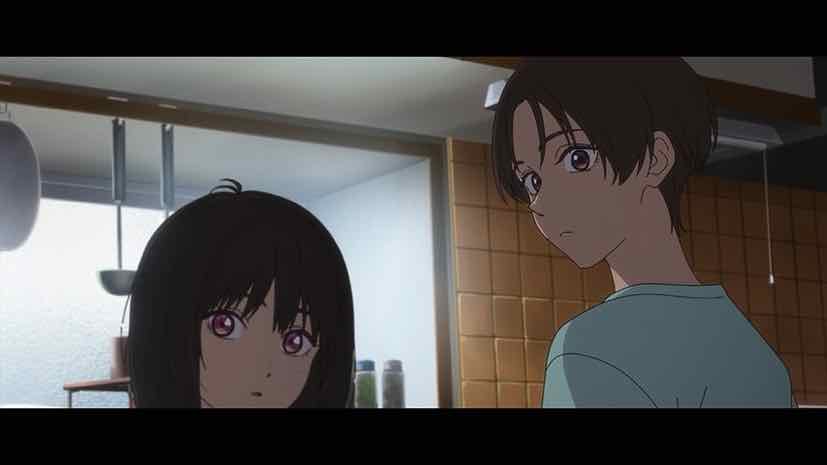
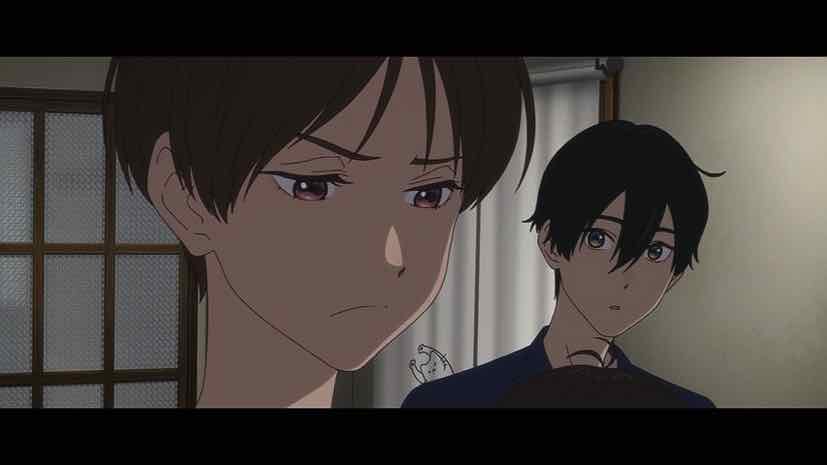
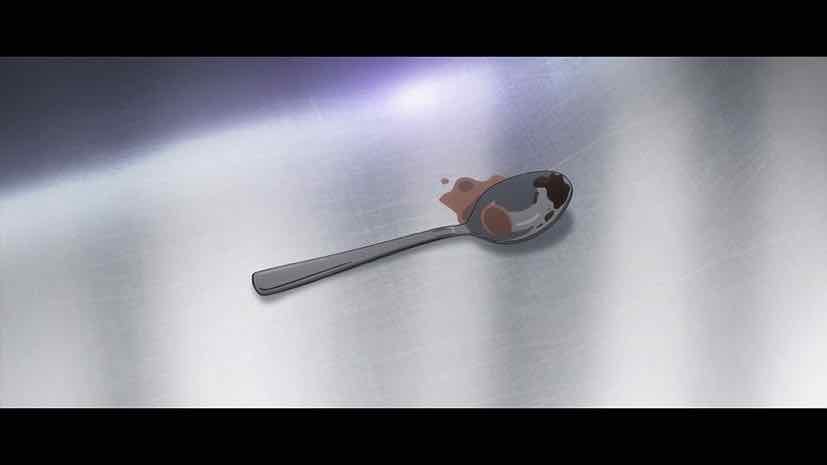
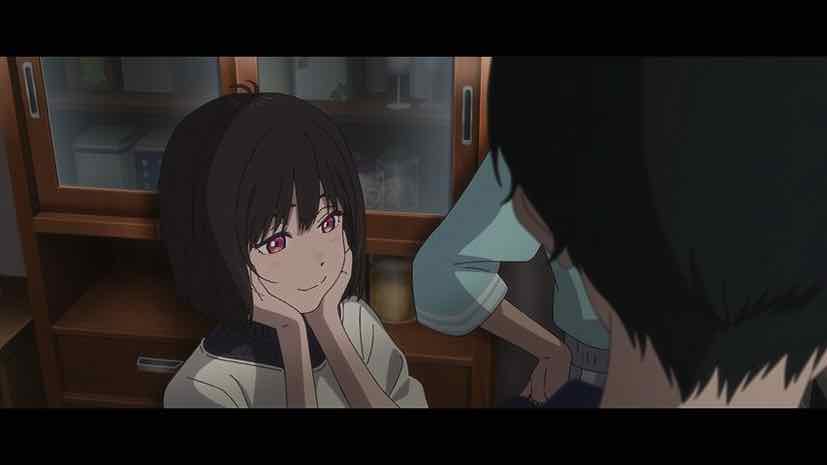

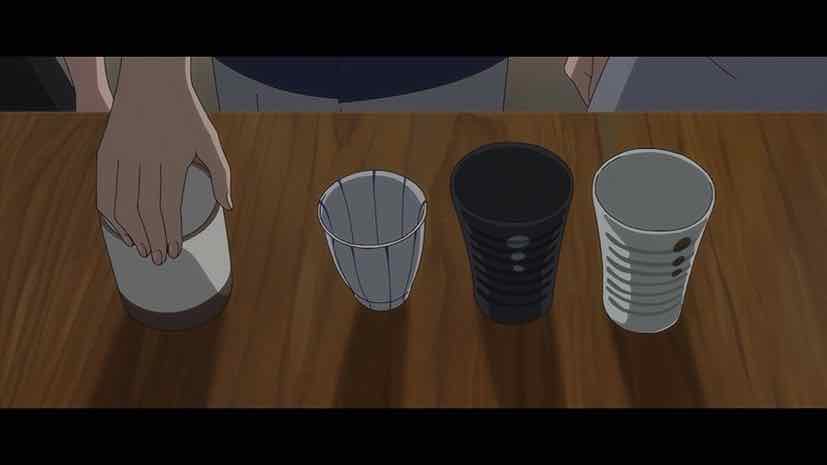
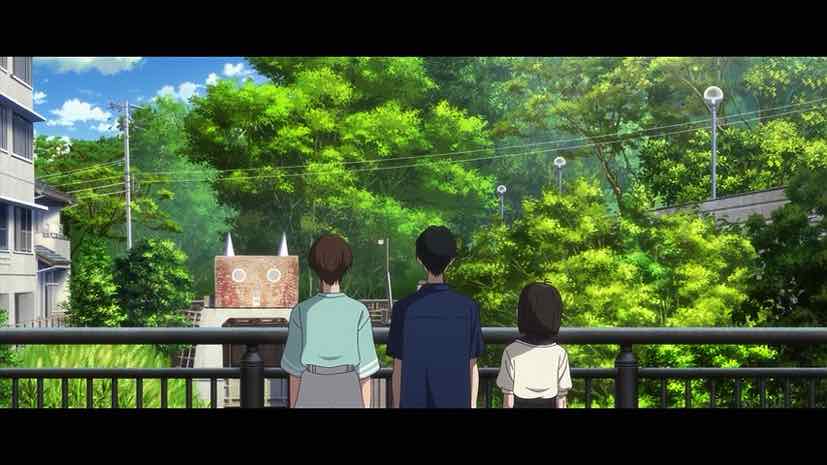

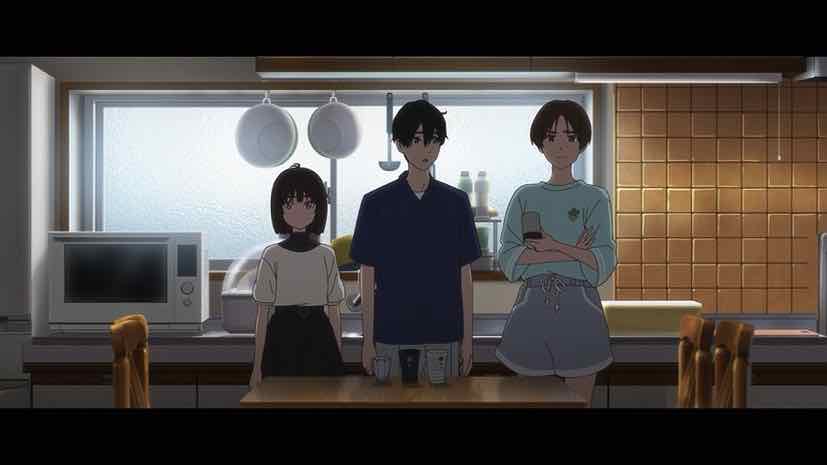
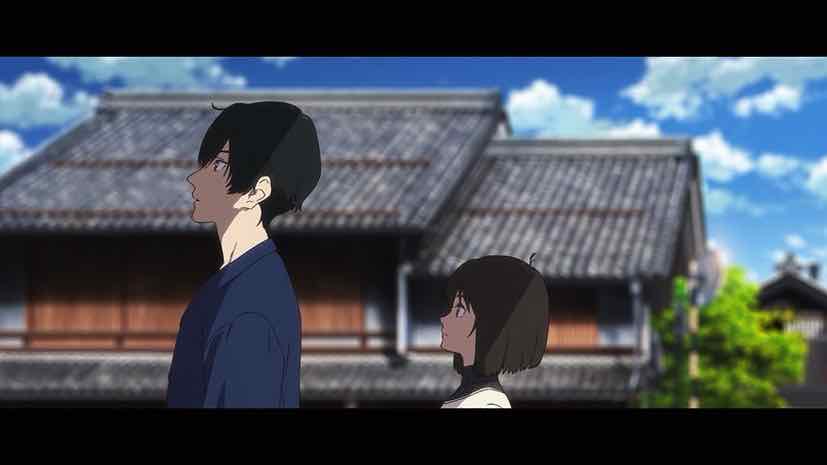
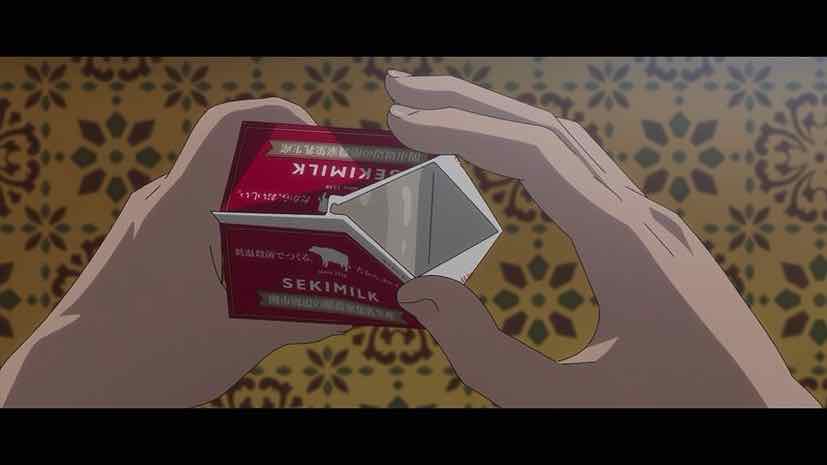
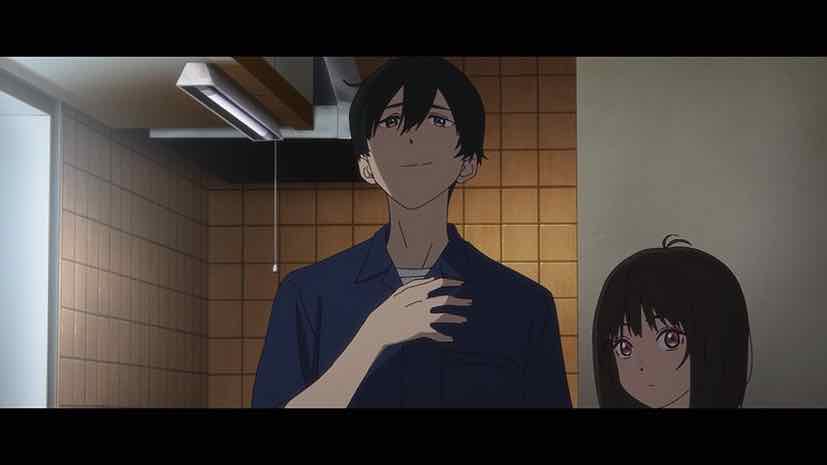
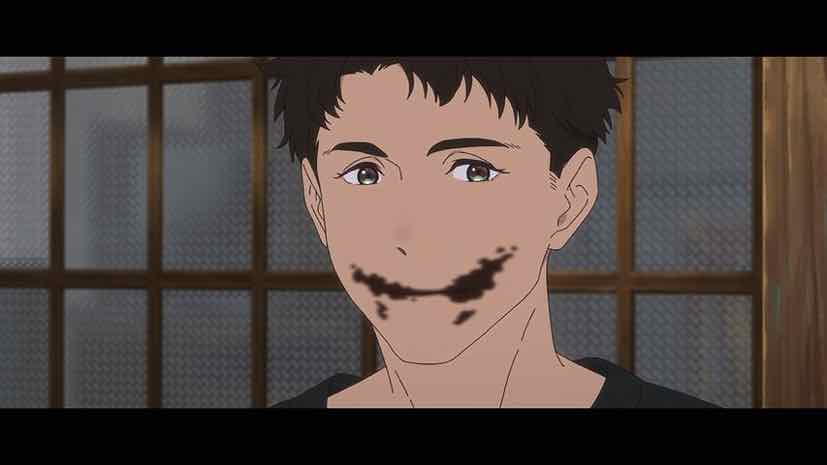
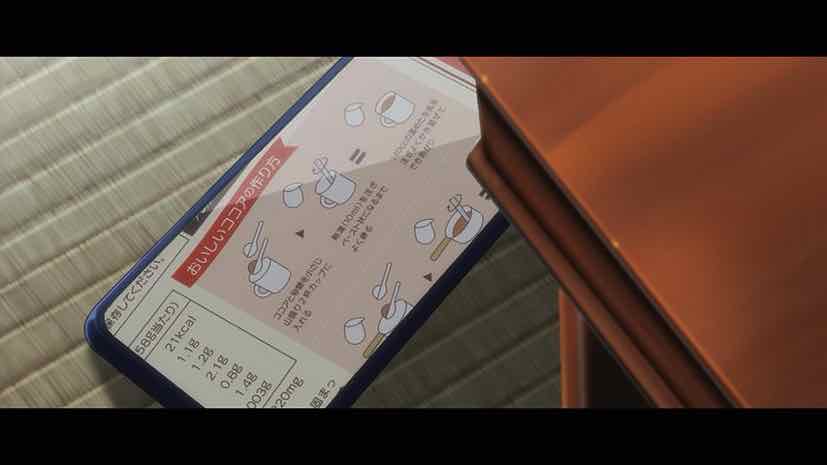
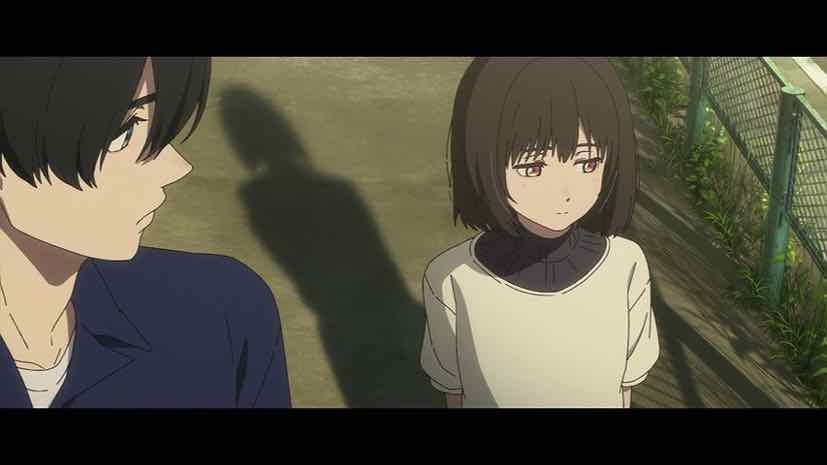
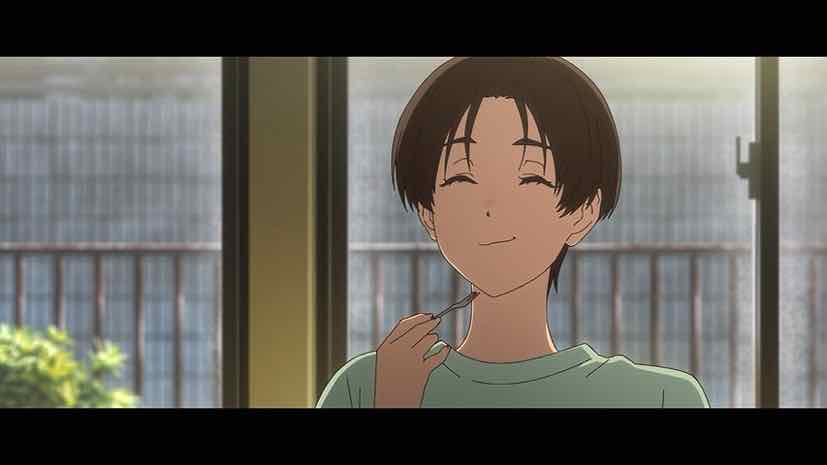
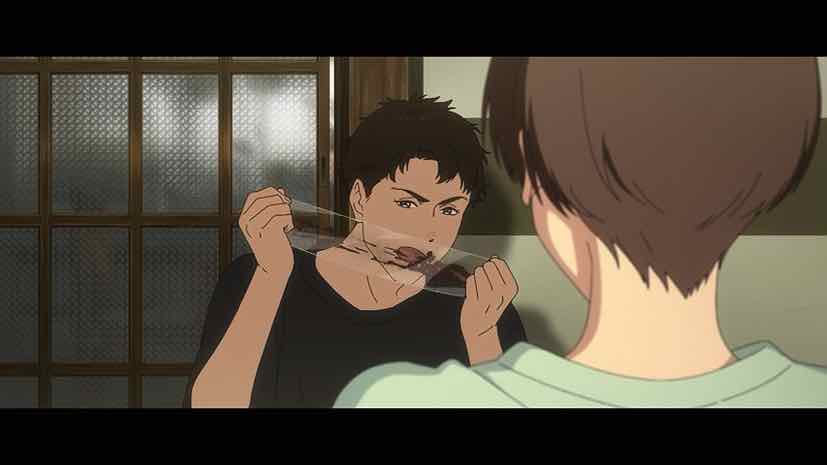

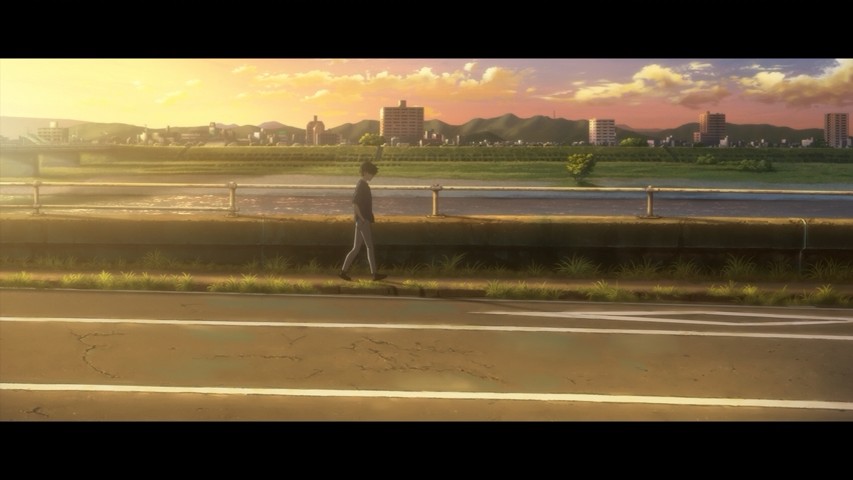

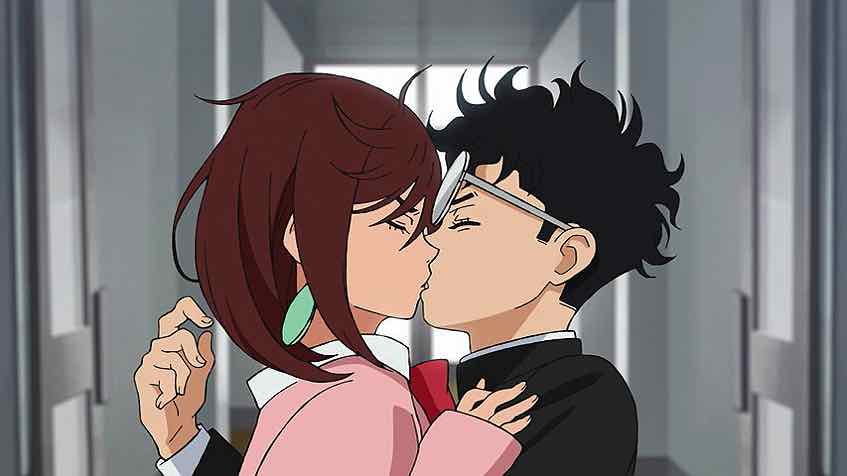
Bob
July 14, 2024 at 2:03 pmIt’s interesting seeing that both Kengo and Kobato have both tried change, to limited success. Kengo’s efforts to help people are overbearing, rude, and inconsiderate like he is, while Kobato can’t help but get involved in mysteries and utilizing his mind – aside from him actively ignoring the obvious signs of Osanai’s impending bike theft. I’m curious as to why Kobato’s trying to be ordinary and how Osanai plays into that. The cinematography’s an obvious draw there, though the characters also have enough to them to stoke my curiosity.
Bel
July 15, 2024 at 12:09 amThis cour is adapting the first two novels only. The third novel is split into two books, and it’ll probably need eight to ten episodes to cover the whole thing. That’s probably why we got 10 episodes instead of the more typical 11-13 episodes.
Collectr
July 16, 2024 at 9:11 pmFor some reason, the cocoa “mystery” reminded me of the 3 knives-3 glasses puzzle: a meaningless brain-teaser that nonetheless is difficult to let go.
Both Kobato and Osanai seem very sad (in the depressed/melancholy sense). Perhaps the central mystery is what brought them to this state, not the little puzzles life has posed.
Nicc
July 17, 2024 at 7:50 amOkay, it’s the second episode and this one also comes with another mystery to solve. The mystery in the first episode was about a purloined purse with a love letter inside. The mystery in this one was about… something else.
It does look like Kengo will be a major supporting character in this series as the mystery is about him, kind of. First, the whole thing with the stolen bike was pretty much a nothingburger. Perhaps it was to set up for a future episode, but there’s no more with the stolen bike or the delinquents from the first episode. Kengo then invites Kobato and Osanai to his home. Kengo is pushy about it, which seems to be a part of his personality, but they both go and enjoy some nice cocoa. Kengo dishes on his secret to his cocoa. For me, I just open a packet and add water or milk.
We’re also introduced to Kengo’s sister, Chisato, and she’s the one who presents the mystery. Just how did Kengo make three cups of cocoa and with just one spoon to clean up? They are having trouble with solving this one because they’re not thinking like a madman. Kengo has rubbed me the wrong way too, but what kind of maniac eats a cake by scooping it out from the plastic wrapper. I don’t see any fault with licking the plastic wrapper, I’ve done that before too. But, that’s just a bridge too far. Also, he warmed up the milk by putting the entire carton in the microwave? If somebody did that to my oat milk, I’d be throwing hands. I think they’re trying to humanize Kengo a bit by giving him some quirks. Then, we’ll learn next that he drinks boba with four straws at once, right?
As for Kobato, it does seem to be setting up that he used to be different in the past, even if he denies it. That makes me wonder about Osanai’s past too what happened to her to also want to be “normal” along with Kobato. It’s an odd one so far, but I’ll stick around a bit longer.
Yann
July 19, 2024 at 8:01 amMaybe the “being ordinary” thing is because they’re some kind of kami or youkai masquerading as humans? They turn into white wolves in the opening… It’s probably not to be taken literally, but what if it was?
Guardian Enzo
July 19, 2024 at 8:35 amInteresting idea. Kinda doubt it, but it would be a thing.